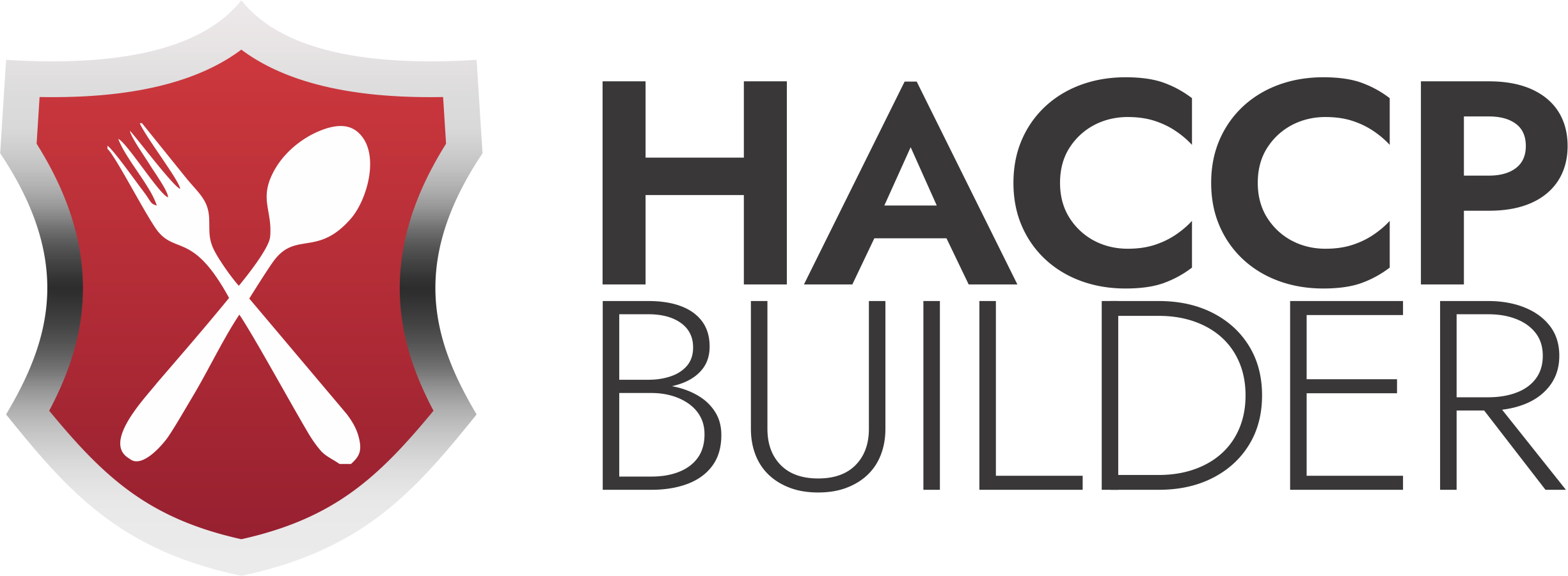Food processors and manufacturers must implement a comprehensive HACCP (Hazard Analysis and Critical Control Points) Plan to ensure product safety and traceability throughout the supply chain.
This will involve extensive record-keeping of every step of the production process. Including, hazard analysis, CCPs, monitoring procedures, corrective actions, and verification. The following will discuss how to stay in compliance with an HACCP Plan.
Key Aspects of HACCP Recordkeeping for Food Processors and Manufacturers
Hazard Analysis Summary
A summary should offer a detailed analysis of the potential biological, chemical, and physical hazards present throughout the production process. This should include justifications for identifying each hazard and selecting specific control measures.
CCP Identification
Critical Control Points should be defined within the production process to prevent/eliminate food safety hazards. For each CCP, Critical Limits should also be established. These will specify which range of critical control factors (such as temperature and time) are acceptable.
Monitoring Procedures
The methods for verifying that CCPs are compliant should be routinely checked to guarantee compliance with critical limits. This includes logging data such as which employees are responsible at any given time. Along with temperature readings and the time stamps of each reading. There should also be documentation of food safety training completed by all employees. Ideally, it will include the dates and topics covered to ensure everyone is up-to-date.
Corrective Actions
A procedure should be in place if corrective actions must be taken to address deviations from critical limits. It is imperative for records to be kept to provide an analysis of what the root cause was. These records should also provide details on which corrective actions were therefore taken.
HACCP Recordkeeping
HACCP records should include documentation of the ingredients, the supplier(s), safety certifications, and specific lot numbers. Flow diagrams can help provide a visual aid for the food production process. At times, this can help to identify the key steps and potential hazards. Equipment calibration logs are another key element as they ensure the accuracy of used monitoring devices.
Benefits
Proper HACCP record-keeping offers many benefits. It ensures improved food safety by proactively identifying and controlling all food safety hazards. It also augments operational efficiency by properly monitoring and implementing corrective actions. In turn, this reduces waste which is another advantage.
This plays a vital role for all food processors and manufacturers. as it minimizes risks such as foodborne illnesses. It also proves adherence to local, state, and federal food safety regulations, which offers the opportunity to build consumer trust.
Verification Procedures
Changes will undoubtedly be made to HACCP systems and procedures. For this reason, they must be regularly checked to ensure they remain effective. Supplier certifications, generated records, monitoring data, the calibration of instruments, and the methods of training employees should all be reviewed at this time.
Training and Technology Integration
Throughout the years, more in-depth and strict requirements concerning food safety have been enforced. Due to this, staying current on potential hazards and the technology used to analyze and monitor them must be prioritized.
With ongoing education and certification needed, it’s important to have a dedicated HACCP team and HACCP plan in place. This leads to easier data analysis, reporting, and recordkeeping. All of which can be facilitated by using the right software systems. For example, HACCP Builder Plus builds a HACCP Plan that offers ongoing HACCP compliance and real-time updates.
This is just one of the many resources available to ensure compliance in an effortless way. For more information on HACCP Builder Plus or other features available, contact HACCP Builder today by calling (866) 577-4030 ext. 1, messaging us, or via email at [email protected].





